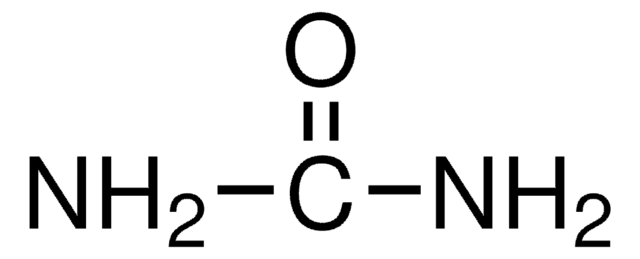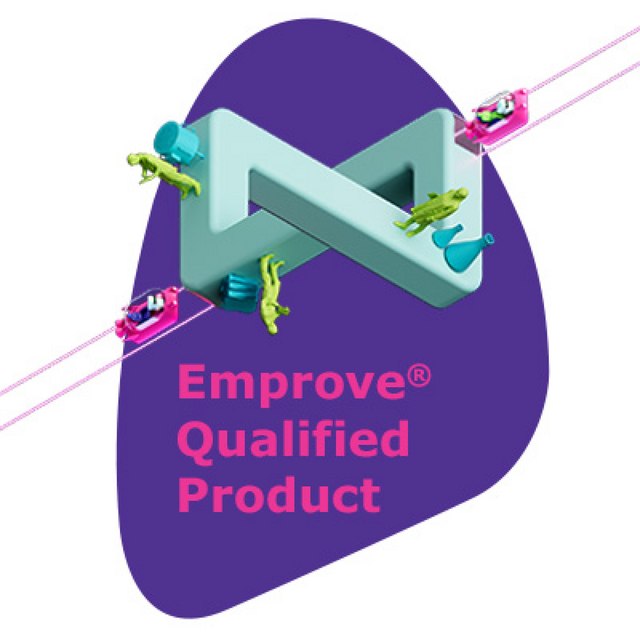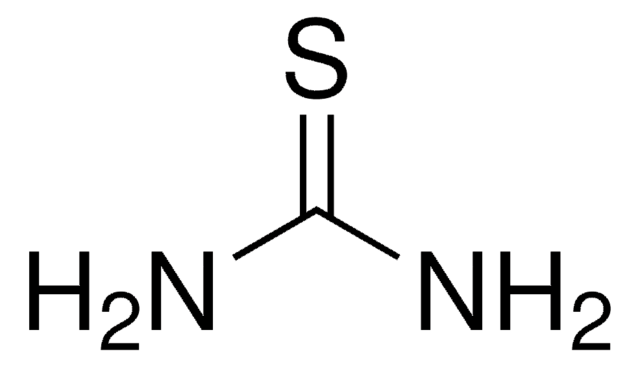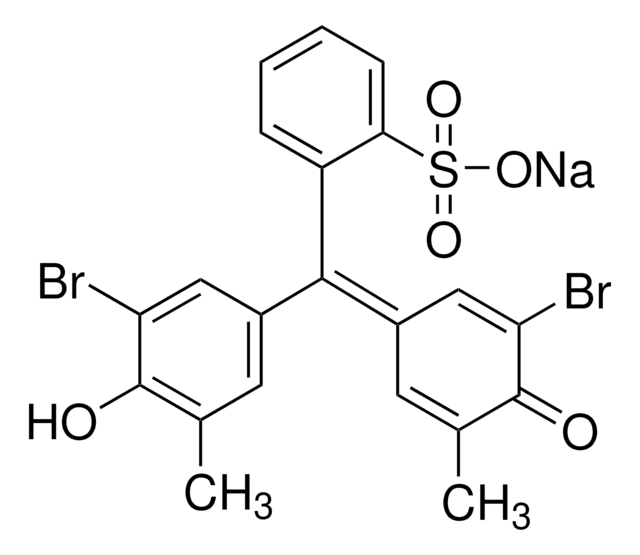SLW2180/04M
Pyrex® Separating funnel, pear-shape, glass key
100 mL, glass stopper, PE stopper, pack of 1 ea
Synonym(s):
Pyrex, SciLabware 2180/04M
Select a Size
About This Item
₩432,086
Recommended Products
material
PE stopper
PTFE key
glass stopper
pear-shaped
Joint
joint ST/NS cone19/26
packaging
pack of 1 ea
manufacturer/tradename
SciLabware 2180/04M
funnel diam.
66 mm
stopcock bore
2.0 mm
capacity
100 mL
Looking for similar products? Visit Product Comparison Guide
1 of 4
This Item | 666122-M | 1.37030 | U4883 |
|---|---|---|---|
| assay ≥99%, 99-101% (calc. on dry substance) | assay ≥98% | assay 98.0-102.0% (HPLC) | assay - |
| Quality Level 200 | Quality Level 100 | Quality Level 500 | Quality Level 100 |
| solubility H2O: soluble 480 g/L at 20 °C | solubility water: soluble | solubility - | solubility H2O: soluble (1 vial plus 16 mL) |
| mp 132-135 °C (lit.) | mp 132-135 °C (lit.) | mp 132-135 °C (lit.) | mp - |
| form solid | form solid | form crystalline, solid | form powder |
| density 1.335 g/mL at 25 °C (lit.) | density 1.335 g/mL at 25 °C (lit.) | density 1.335 g/mL at 25 °C (lit.) | density - |
General description
Features and Benefits
- Complies with ISO 4800 Type 2
- Manufactured from 3.3 expansion borosilicate glass complying with ISO 3585 (ASTM E-438 Type 1 Class A)
- With interchangeable PTFE stopcock key
- Supplied with both glass and polyethylene stoppers
- The 5Litre size is supplementary to the ISO range.
Legal Information
Choose from one of the most recent versions:
Certificates of Analysis (COA)
It looks like we've run into a problem, but you can still download Certificates of Analysis from our Documents section.
If you need assistance, please contact Customer Support
Already Own This Product?
Find documentation for the products that you have recently purchased in the Document Library.
Customers Also Viewed
Our team of scientists has experience in all areas of research including Life Science, Material Science, Chemical Synthesis, Chromatography, Analytical and many others.
Contact Technical Service


